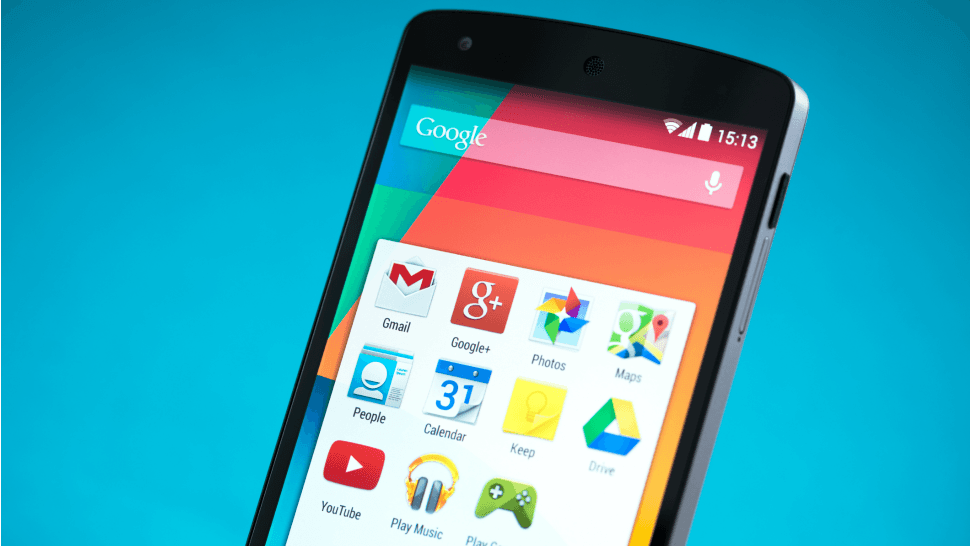Hackers around the world work day and night to figure out ways to break into your Android smartphone to collect personal and private information. They want all the information in your smartphone, from bank accounts and passwords to email and social media. That’s why you should keep your eyes peeled for the most obvious signs of Android malware.
Once crooks break in, they can steal your identity, empty your bank account and can even sell your information on the Dark Web. Tap or click here for all you need to know about the Dark Web. As a whole, Androids are a bit more open than Apple products.
After reading this tip, you’ll know how to find a virus on an Android phone. You’ll know all the red flags to look out for, from battery drains to random apps. Scroll down for the best ways to protect your Android.
Why you should look out for signs of Android malware
Android’s ability to download items directly from the web leaves your smartphone and tablet more vulnerable, and hackers can easily take advantage of this. Android users can also download, install and remove third-party applications from unreliable sources.
Malicious apps installed on your Android not only steal your personal information, but they can also drain your gadget’s battery life. Helpful apps like Battery Doctor can help you diagnose exactly which apps are sucking up your battery’s charge. Often, these pesky apps come with viruses that can render your Android useless.
But how do you know when a hacker has taken over your Android gadgets? In today’s Android tip, we’ll show you how to check if your Android phone is hacked.
A spike in data usage is one of the top signs of Android malware
This is one of the biggest signs of an Android hack. That’s why you should always check your monthly data usage.
This is generally located on your statement from your cellphone service provider. Look for a table or graph that displays your data use over the past few months. Compare the amount of data used to data usage from the prior few months.

You can also check the data used in a given month on your provider’s website. If there has been a spike in usage, this is a strong indication that hackers may have infected your gadget. Pop-up ads and unwanted apps installed by a virus can eat away at data like a hungry hippo.
But data use is not the only telltale clue that your Android has been hacked
Some malware can also target you through SMS text messages. Hackers wrap legitimate apps, like Angry Birds for instance, with an installation virus that prompts users to subscribe to paid text message subscriptions. These could be from horoscope or “joke of the day” services.
- Once the installation of the app is finished, the virus disappears.
- But the damage to your bank account will be ongoing until you stop the subscriptions.
- Check your cell bill for any unusual charges under the “SMS” category. If so, your Android might be compromised.
These text messages are billed to your account for all different prices and can be a costly mistake. To fix this, uninstall the application that has been causing the charges.
Then, reinstall it without selecting the “Subscribe to SMS Updates” option. To be safe, never subscribe to text alerts from suspicious sources and opt for pop-up notifications or email subscriptions instead. Tap or click here for more ways to know if your phone or tablet has a virus or malware.
Unwanted apps beware
Here’s another way to see hackers tapped your Android. Check for smartphone apps you didn’t download yourself. This may be bloatware or it may be a virus.
To remove an app you suspect is the product of a virus, go into your Settings page. Tap Applications > All Apps.
Then, scroll through the list of applications installed on your Android gadget. Bloatware won’t prompt you to delete the app. However, a virus app will let you delete it.

You’ll find the delete option in the upper right-hand corner. Tap it and verify you want to delete the app and all of its data.
If it doesn’t want to go away, you might need to put your gadget into Safe Mode and try again. This can stop malicious apps from defending themselves. Tap or click here to activate Safe Mode on your Android phone.
